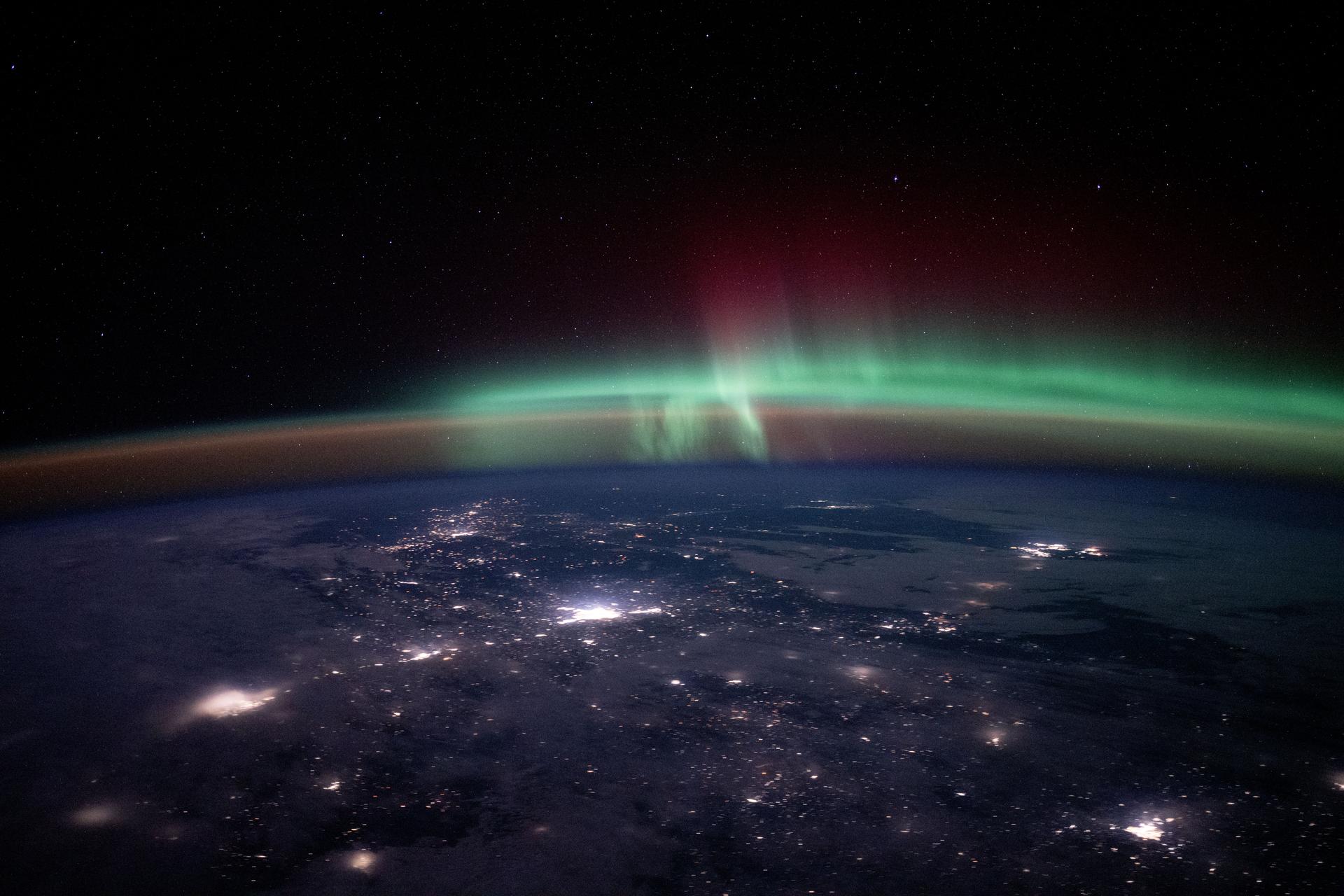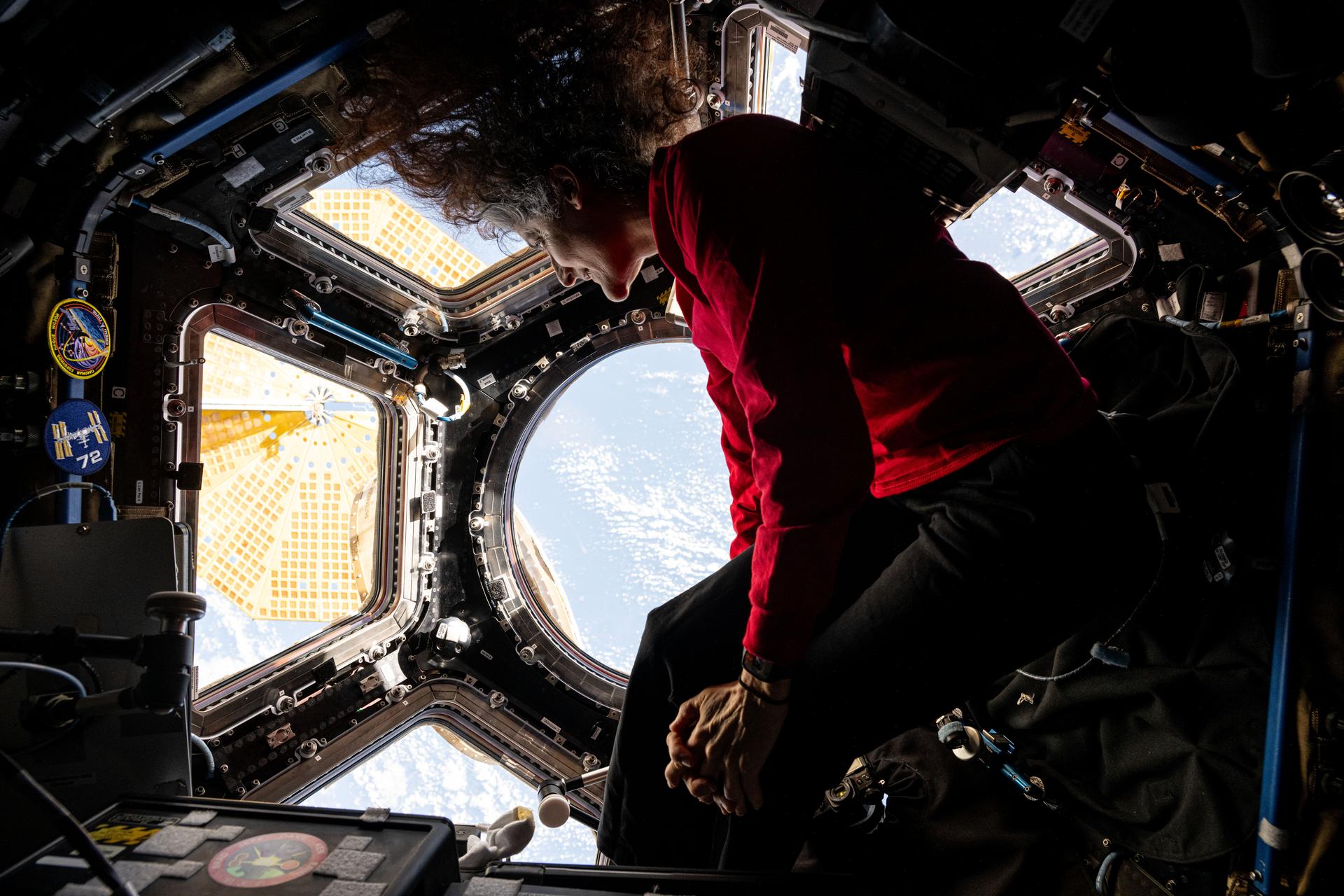Muscle, Bone, and Blood Studies on Station Promoting Space and Earth Health
The Expedition 72 crew with its four newest members is returning to science operations following a busy period of crew swap activities. Human research was Thursday’s main focus as the International Space Station residents studied how living in space affects bones, muscles, and brain blood flow.
Astronauts are living in space for months at a time and scientists have been continuously studying how their bodies adapt to weightlessness. Results are especially important as NASA and its international partners plan long-duration crewed missions to the Moon, Mars, and beyond that are less dependent on Earth.
NASA Flight Engineer Nichole Ayers processed her blood samples for analysis to understand and treat space-caused bone loss as well as bone conditions on Earth such as osteoporosis. Veteran NASA Flight Engineer Don Pettit worked out on the advanced resistive exercise device for an investigation exploring how exercising during spaceflight impacts the muscles and bones.
A new experiment on the orbital outpost, Drain Brain 2.0, is investigating how blood flows from a crew member’s brain toward the heart in microgravity. Flight Engineer Takuya Onishi from JAXA (Japan Aerospace Exploration Agency) attached sensors and electrodes to his neck and chest for the human research study. The experiment measures blood volume changes in the neck to assess the risk of cardiovascular conditions during spaceflight. Results may improve health screening in space for astronauts and benefit patients with heart problems on Earth.
NASA Flight Engineer Anne McClain who is on her second space station mission joined Pettit during the first part of the day configuring the SpaceX Dragon crew spacecraft for docked operations. At the end of her shift on Thursday she joined Ayers, Onishi, and Roscosmos cosmonaut Kirill Peskov and reviewed emergency hardware location and usage procedures. Pettit and station Commander Alexey Ovchinin assisted the new crewmates who are still in their first week aboard the orbiting lab.
Ovchinin also participated in space biology research on Thursday with fellow Roscosmos cosmonaut Ivan Vagner. The duo, who have been aboard the station with Pettit since Sept. 11, 2024, collected blood pressure measurements for an investigation exploring blood circulation in microgravity. Peskov inspected video recording equipment before continuing his familiarization with life on orbit.
Learn more about station activities by following the space station blog, @space_station and @ISS_Research on X, as well as the ISS Facebook and ISS Instagram accounts.
Get the latest from NASA delivered every week. Subscribe here: https://www.nasa.gov/subscribe
Powered by WPeMatico
Mark A. Garcia








